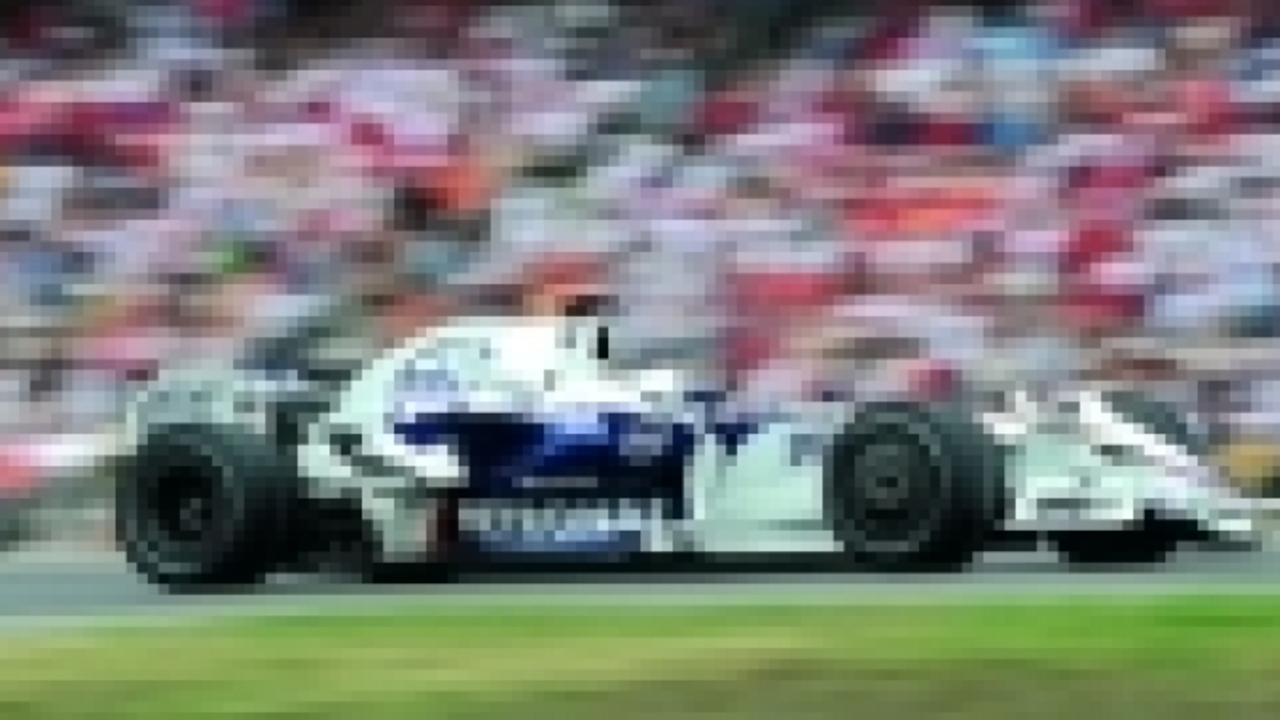As a long-time fan and follower of Formula One, I've been mulling over when we might see BMW make a return to the prestigious racing circuit. Currently, there's no official statement from BMW about re-entering the competition. However, the brand's vast experience in motor racing and continuous technological advancements can't be overlooked. We can only speculate about their return, but it's clear any decision will be based on multiple factors including costs, market influence, and the evolving landscape of the automotive industry. For now, we watch, wait and keep our fingers crossed.
Future Plans in Motorsport: What’s Coming Next?
Ever wonder where racing is headed? The world of motorsport is buzzing with ideas that could change the roar of engines into a blend of speed, tech, and sustainability. Below we break down the biggest moves that will shape the tracks you love.
Going Green – Electric and Alternative Power
Electric cars are already making waves in Formula E, and the trend is spilling over to other series. Teams are testing batteries that can recharge in minutes, and manufacturers are showcasing electric superbikes that hit crazy top speeds. The shift isn’t just about cutting emissions; it’s about delivering instant torque that makes every corner feel sharper.
Beyond pure electric, hybrid systems are getting smarter. New fuel‑cell prototypes promise the sound of a traditional engine while running on hydrogen. If you think the scent of gasoline will disappear, think again – it’s evolving, not vanishing.
Tech on the Track – AI, Simulators, and Data
AI is becoming a pit‑crew member. Real‑time analytics now predict tyre wear, fuel consumption, and even the best overtaking spots before the driver sees them. This helps teams make split‑second decisions that can win races.
Simulators are no longer just training tools. Fans can now join virtual races that mirror real‑world conditions, blurring the line between spectator and participant. The next big thing? Augmented reality goggles that overlay live stats directly onto the track view.
And don’t forget 3‑D printed parts. Teams are printing custom components on demand, cutting lead times from weeks to days. That means quicker upgrades and more experimental designs hitting the grid.
Fan Experience – From Stadiums to Streaming
Racing events are becoming immersive festivals. Interactive zones let fans test electric bikes, meet engineers, and watch live telemetry on giant screens. Meanwhile, streaming platforms are offering multiple camera angles, driver‑mic commentary, and behind‑the‑scenes access you couldn’t get before.
Social media challenges, like voting for the next liveries, give fans a real voice in a sport that used to feel distant. The result? A community that feels more connected to the action, whether they’re in a grandstand or on a couch.
Safety is also getting a tech boost. Advanced crash‑avoidance systems use lidar and AI to detect potential accidents seconds before they happen, giving drivers a chance to react or the car to automatically adjust. New composite helmets and airbag suits are reducing injury risk, making the sport safer for the next wave of talent.
Race formats are evolving, too. Shorter sprint events, mixed‑class weekends, and city‑center circuits are designed to keep the action tight and the audience engaged. These changes attract new markets and give promoters more flexibility in scheduling global races.
All these future plans point to one thing: motorsport is not stuck in the past. It’s a fast‑moving playground where sustainability, technology, and fan involvement drive the next generation of racing excitement. Stay tuned, because the track you thought you knew is about to get a serious upgrade.
